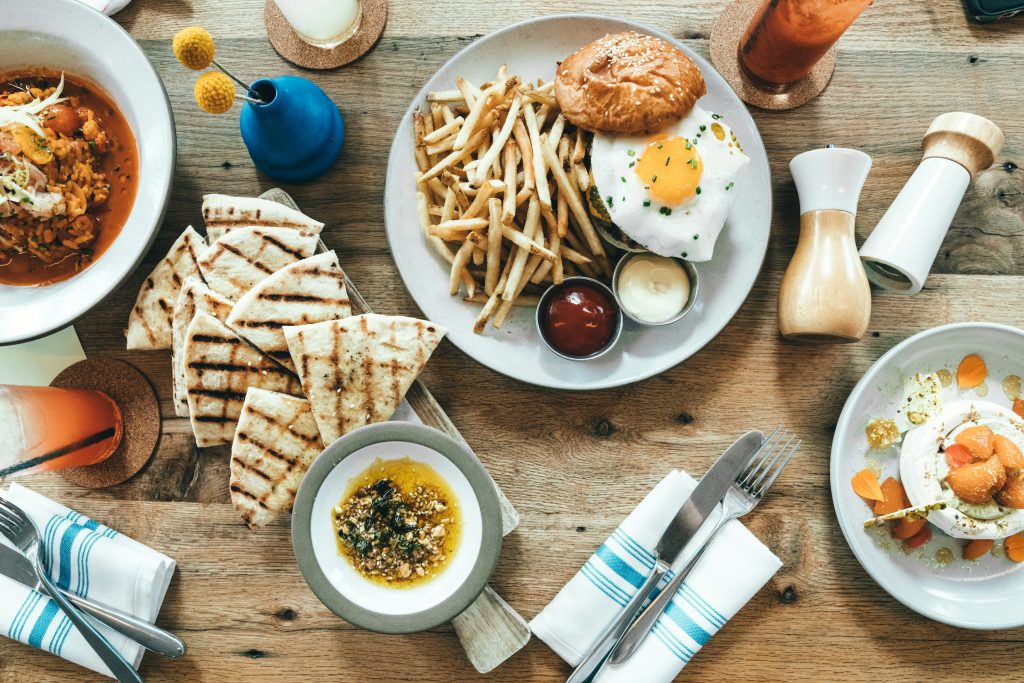Overview
The food and beverage industry showed mixed performance in February 2025, with certain segments demonstrating robust growth while others faced continued challenges. Quick-service restaurants and plant-based alternatives led the growth sectors, while traditional full-service dining establishments continued to navigate labor shortages and rising operational costs.
Key Performance Indicators
- Overall F&B industry growth: 3.2% year-over-year
- Restaurant sales increased 2.7% compared to January
- Food delivery services saw 4.1% month-over-month growth
- Grocery segment reported 1.8% sales increase from January
Segment Performance
Quick-Service Restaurants
Quick-service restaurants continued their strong performance, posting a 5.3% increase in same-store sales compared to February 2024. Digital ordering and loyalty programs remained key drivers, with mobile orders accounting for approximately 42% of all QSR transactions.
Full-Service Restaurants
The full-service segment showed modest improvement with 1.9% growth year-over-year. Labor costs remained a significant challenge, representing 33% of operational expenses on average, up from 30% a year ago.
Food Manufacturing
Food manufacturers reported 2.4% revenue growth, though profit margins compressed slightly due to ongoing supply chain pressures and commodity price fluctuations. Notably, manufacturers focused on healthier options outperformed the broader category with 3.8% growth.
Beverage Sector
Non-alcoholic functional beverages emerged as a standout performer, with sales climbing 7.2% as consumers continued prioritizing health and wellness. The craft beer segment saw its first quarterly growth (2.3%) after three consecutive quarters of decline.
Emerging Trends
- Sustainability Focus: Companies highlighting environmental initiatives saw customer preference scores increase by 14% compared to those without visible sustainability programs.
- Technology Integration: Restaurants implementing AI-driven inventory management reported average waste reduction of 18%, directly improving profit margins.
- Alternative Proteins: Plant-based meat alternatives continued strong growth at 8.7% year-over-year, while cultivated meat products began limited commercial rollouts in premium establishments.
- Personalization: F&B businesses offering personalized experiences through data analytics reported 22% higher customer retention rates.
Challenges Ahead
Supply chain disruptions remain a concern, with 47% of industry executives citing ongoing issues with ingredient sourcing and transportation logistics. Labor acquisition and retention continue challenging the industry, with vacancy rates hovering around 7.5% across all segments.
Outlook
Analysts predict continued moderate growth for the remainder of Q1 2025, with technological adoption and sustainability initiatives becoming increasingly important differentiators for consumer preference and operational efficiency.
